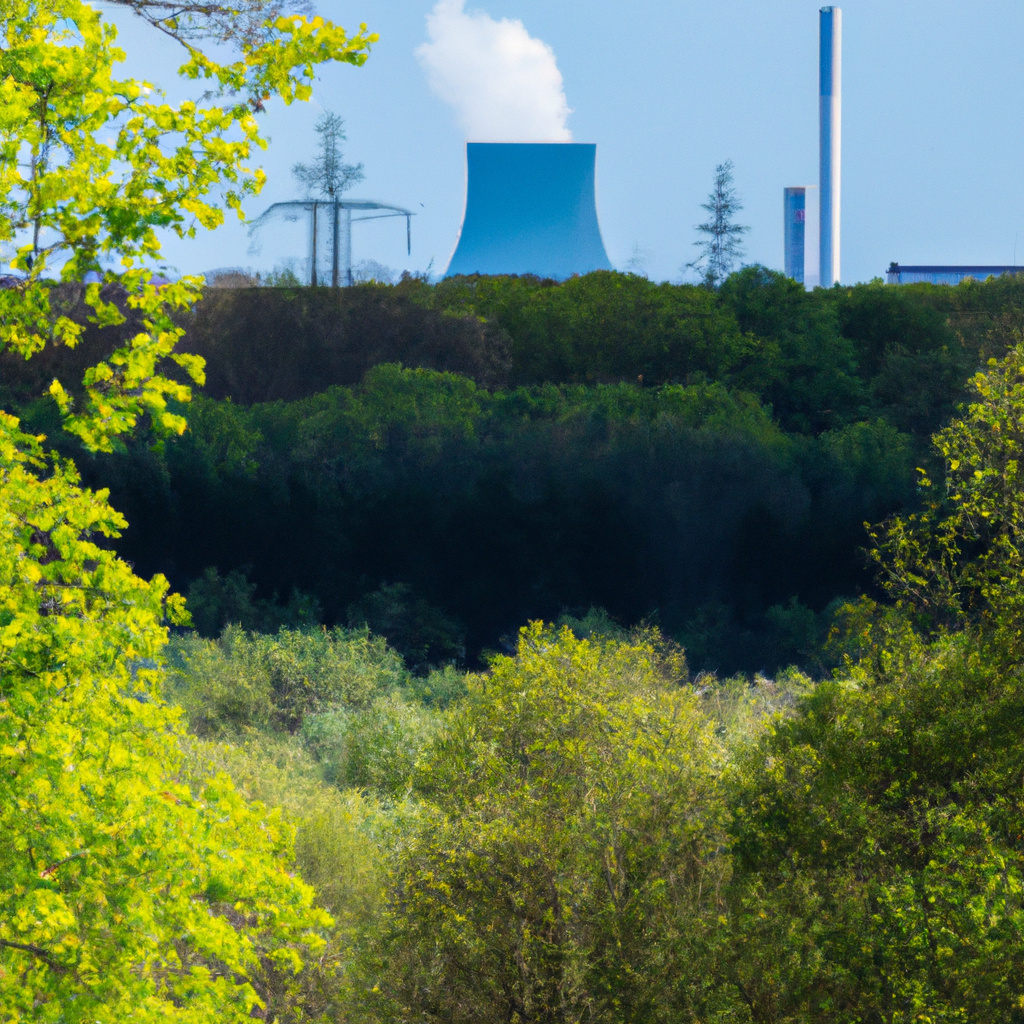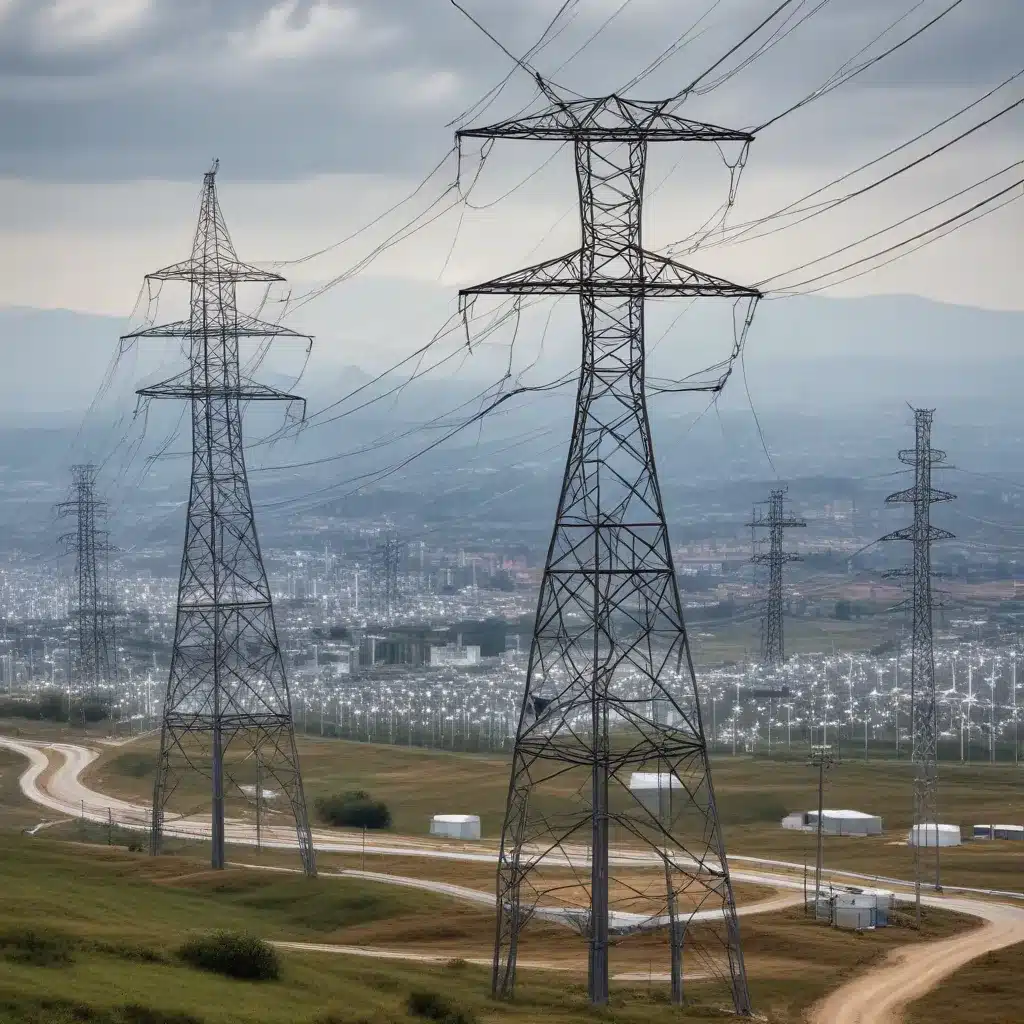Nuclear energy has been a topic of controversy for decades. While it is a clean energy source that does not produce greenhouse gases, there are concerns about its impact on biodiversity. In this article, we will take a closer look at the impact of nuclear energy on biodiversity and explore ways to mitigate its negative effects.

What is Nuclear Energy?
Nuclear energy is the energy released from the nucleus of an atom when it is split or fused. This energy is harnessed to generate electricity in nuclear power plants. Nuclear power plants use nuclear reactors to heat water and produce steam, which drives turbines that generate electricity. Nuclear energy is a clean energy source that does not produce greenhouse gases, making it an attractive alternative to fossil fuels.
The Negative Impact of Nuclear Energy on Biodiversity
Despite its benefits, nuclear energy has negative effects on biodiversity. The construction of nuclear power plants can result in the destruction of habitats and the displacement of wildlife. Nuclear accidents can also have catastrophic effects on biodiversity. The Chernobyl disaster in 1986, for example, resulted in the release of radioactive materials into the environment, which had a profound impact on the local ecosystem. The area around the Chernobyl power plant remains uninhabitable for humans, and the wildlife in the area has been significantly impacted.
Mitigating the Negative Impact of Nuclear Energy on Biodiversity
While nuclear energy has negative effects on biodiversity, there are ways to mitigate its impact. One way is to build nuclear power plants in areas that are already disturbed, such as brownfields or industrial areas. This can minimize the impact on natural habitats and wildlife. Another way is to implement measures to prevent nuclear accidents, such as regular inspections and maintenance of nuclear power plants.
In the event of a nuclear accident, there are also ways to mitigate the impact on biodiversity. One approach is to establish exclusion zones around affected areas to prevent human encroachment and allow wildlife to recover. Another approach is to implement measures to reduce the spread of radioactive materials, such as decontamination and waste management.
Conclusion
In conclusion, nuclear energy has both benefits and drawbacks when it comes to biodiversity. While it is a clean energy source that does not produce greenhouse gases, it can have negative effects on natural habitats and wildlife. However, by implementing measures to mitigate its impact, such as building nuclear power plants in disturbed areas and preventing nuclear accidents, we can minimize its negative effects on biodiversity. It is important that we continue to explore cleaner energy alternatives and work to ensure that our energy sources are sustainable and environmentally responsible.







